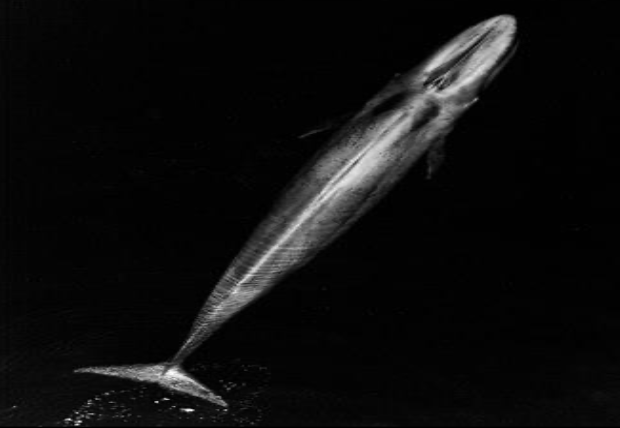By Shuchi Giridhar
Lakshadweep, Aug 27: Marine mammal scientist Divya Panicker in the year 2019 in the Lakshadweep Islands was listening to recordings taped on underwater sound recorders when she came across low blue whale moans. The song ranges from thirty Hertz to 100 Hertz, and is made up of three notes. She concluded that the song had been made by two blue whales.
Analyzing the underwater sound recordings from late 2018 to early 2020 has unveiled that blue whales were present in the waters surrounding Lakshadweep just before the monsoon season during the months of April and May.
But the fact that blue whales appear and sing in these waters does not confirm that they are feeding in or travelling through these waters. The presence of blue whales in the waters of Lakshadweep conveys that the island’s waters are rich and productive, as blue whales usually track through productive waters.
Dr. Divya Panicker says that the songs recorded in the waters of Lakshadweep are similar to the one recorded by Abigail Ailing in the year 1980 in Sri Lanka. These songs are called the Northern Indian Ocean Blue whale songs, and have also been heard in the Chagos Archipelago (the southern end of the mid-oceanic Laccadive-Maldivian-Chagos ridge). Several kinds of vocalizations can be produced by baleen whales (including humpback whales and blue whales), and some of these sounds can travel thousands of kilometers.


